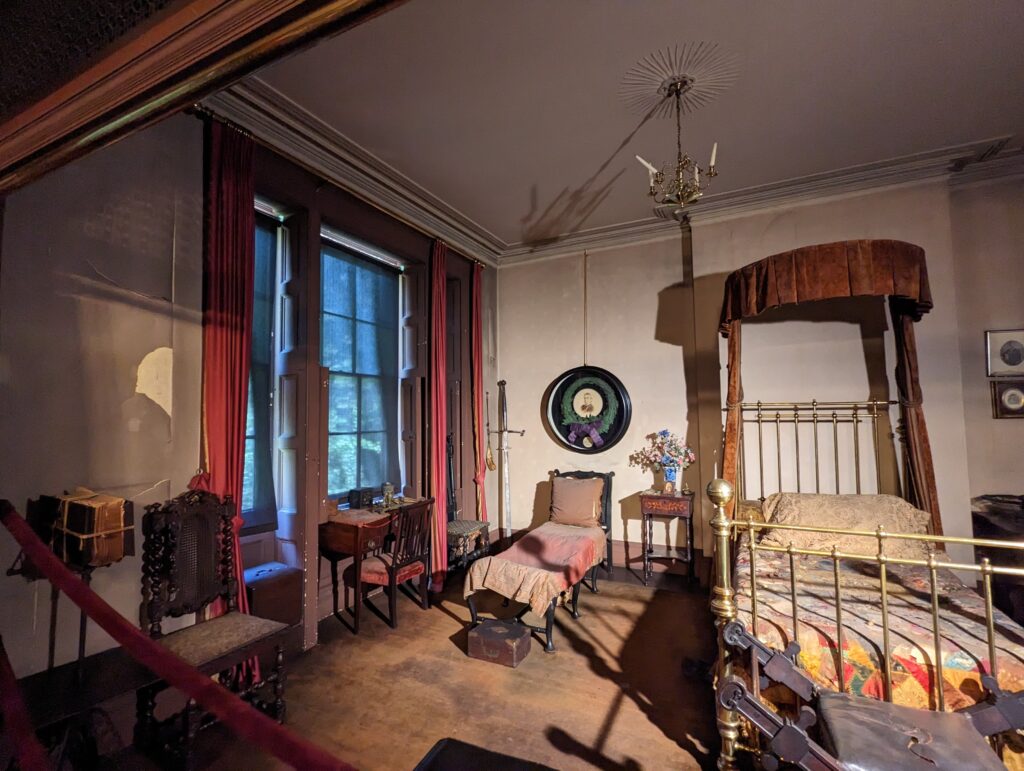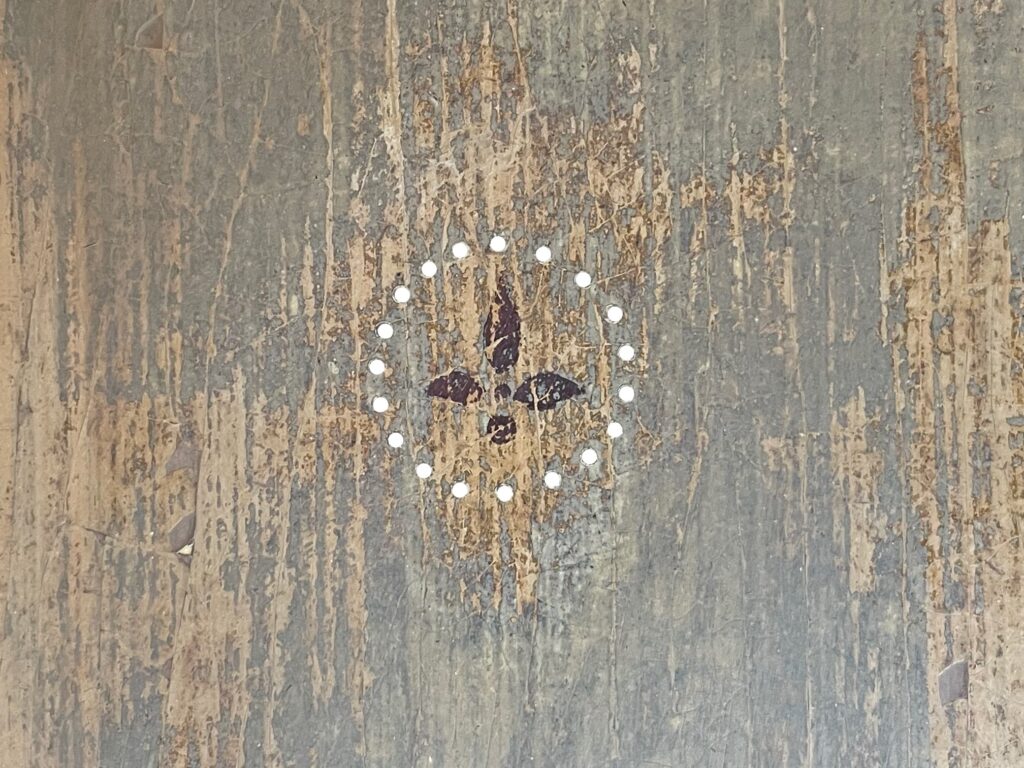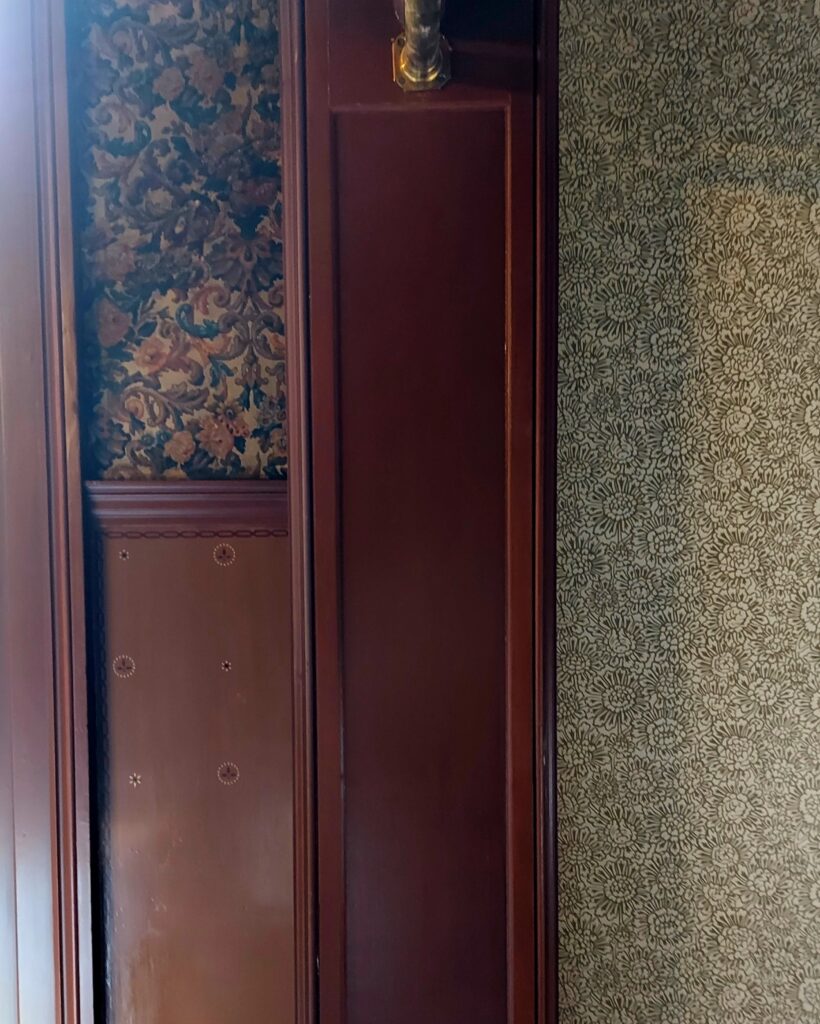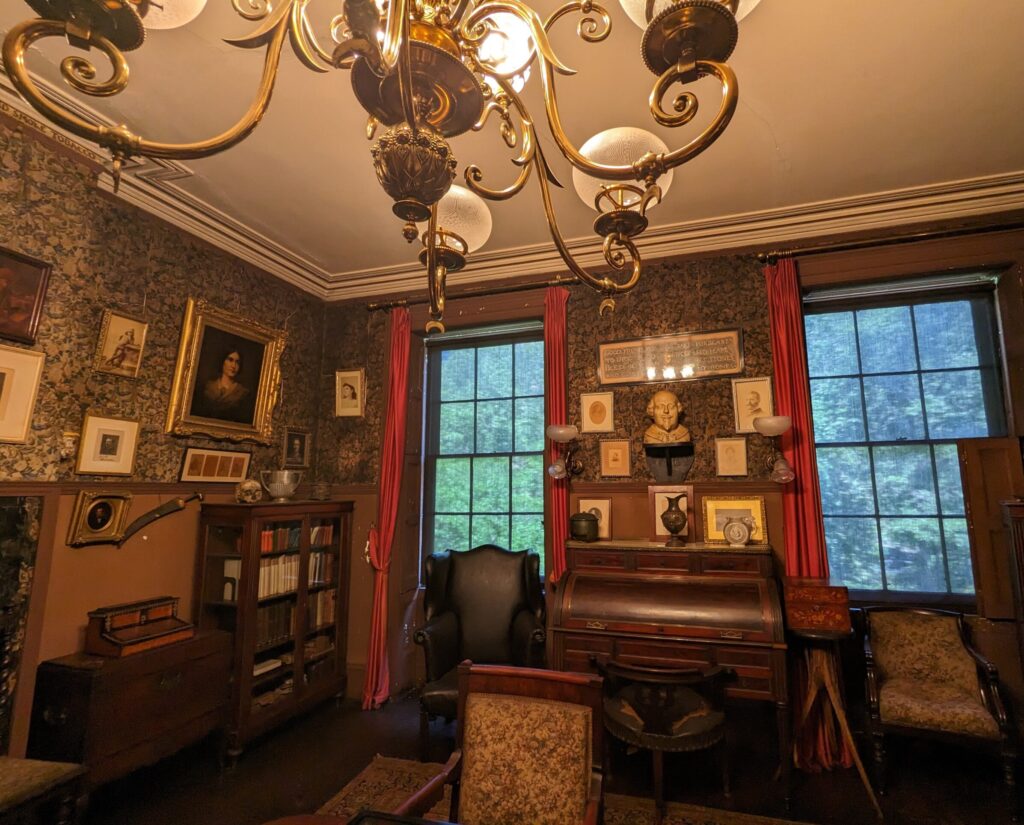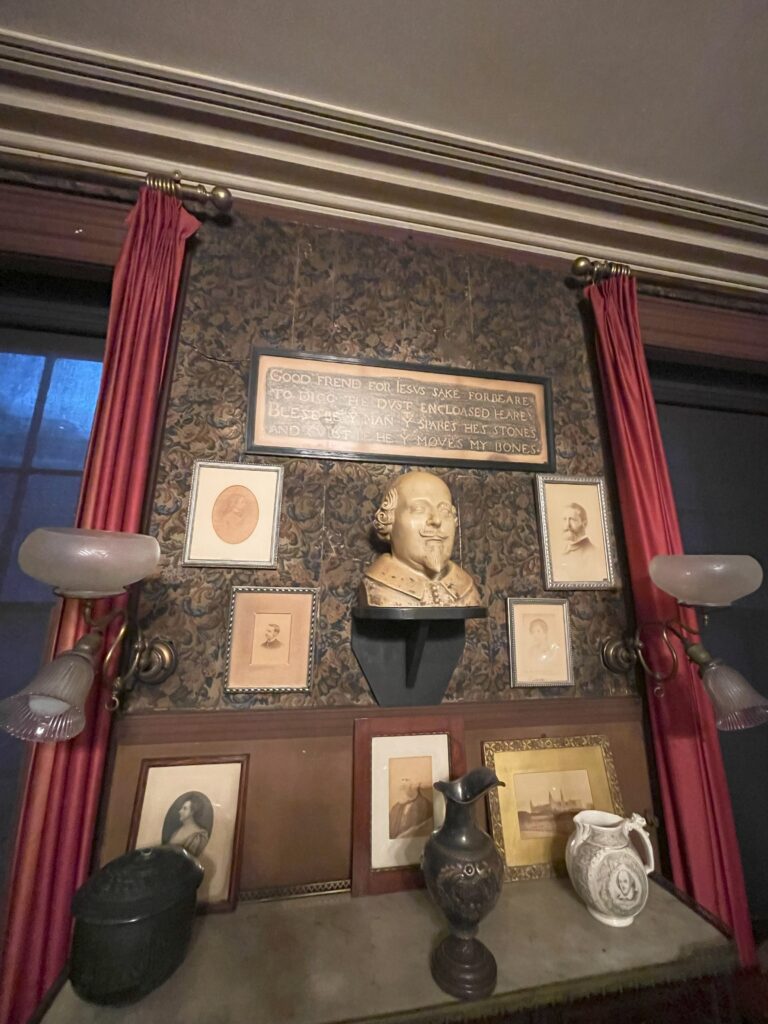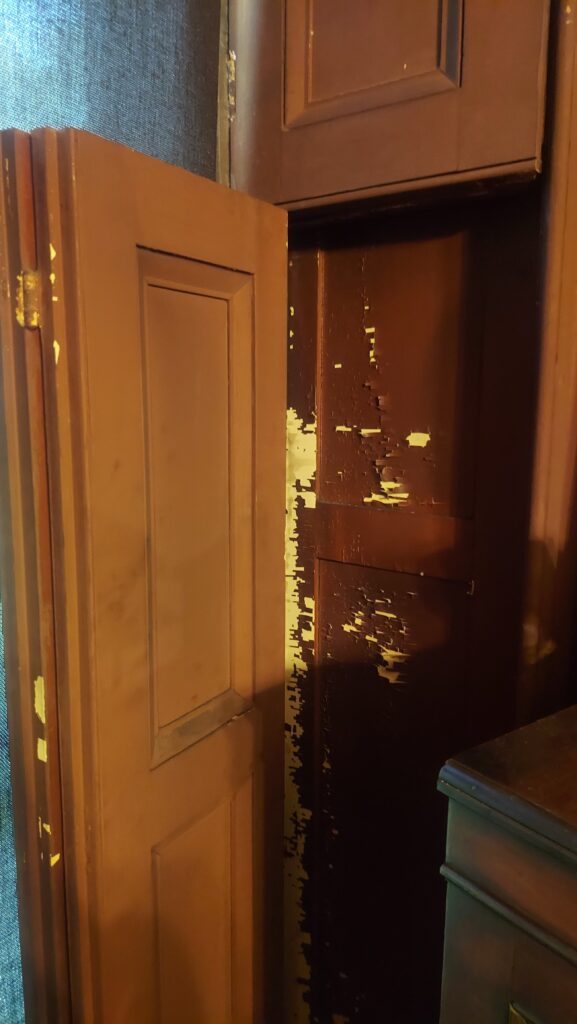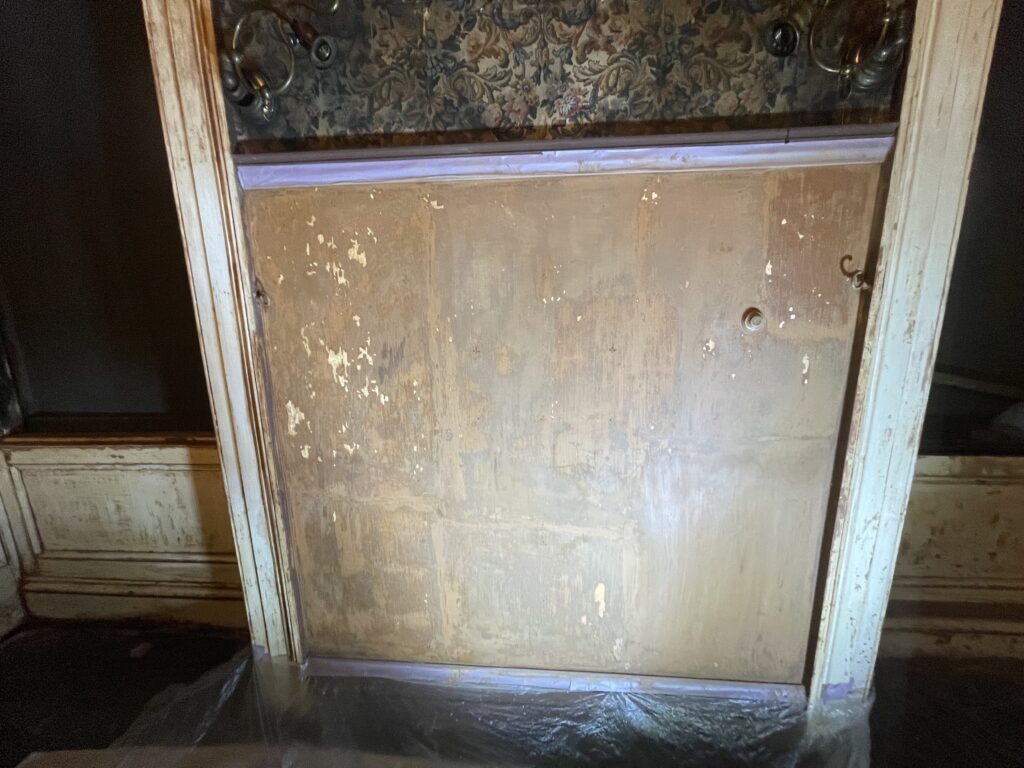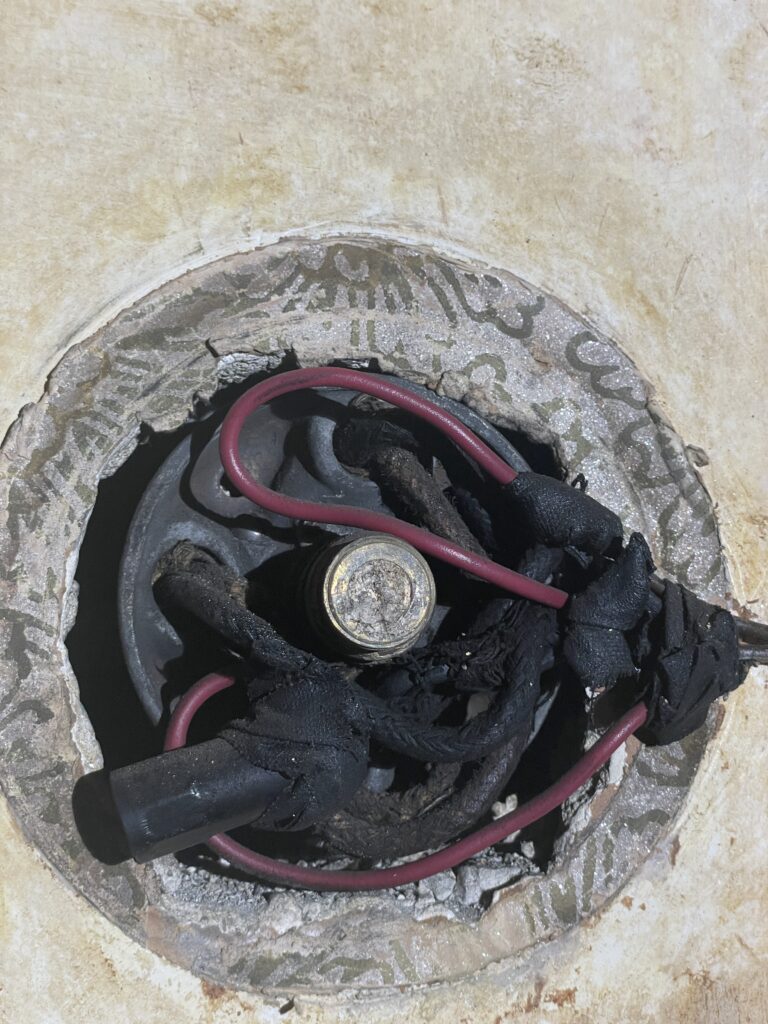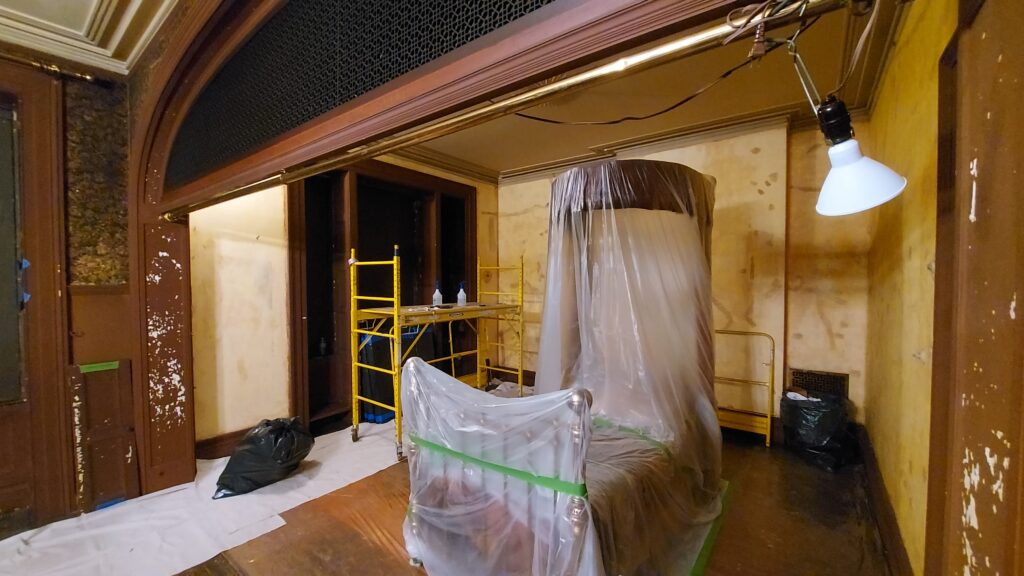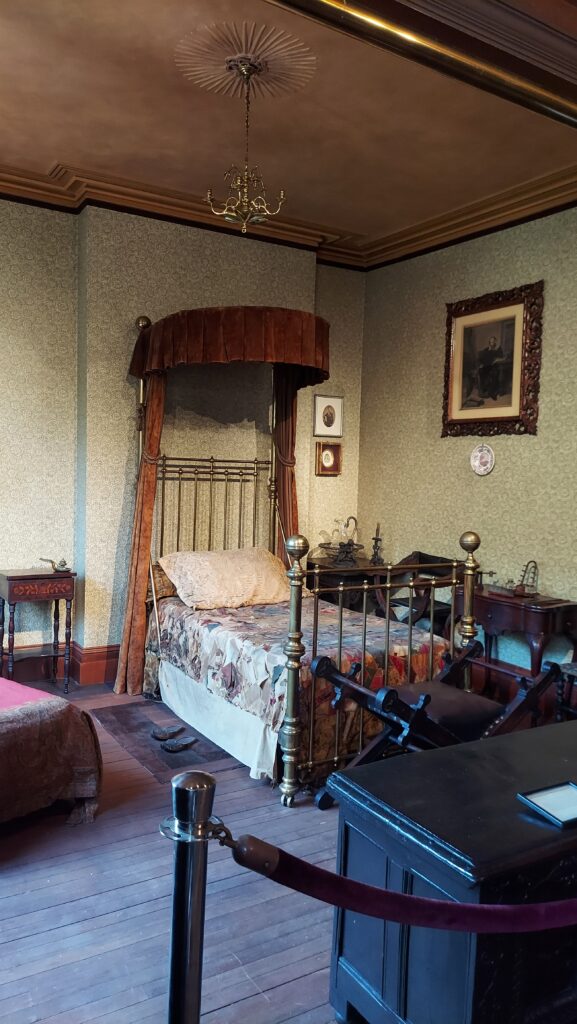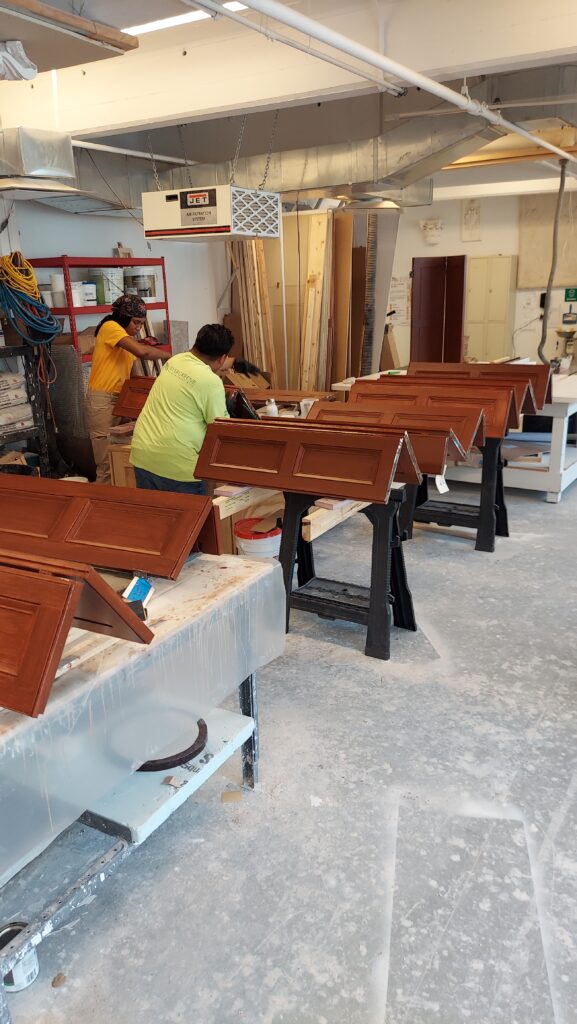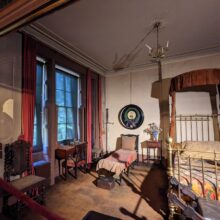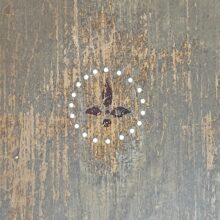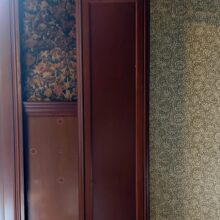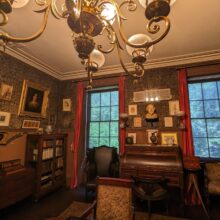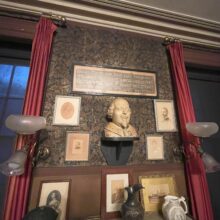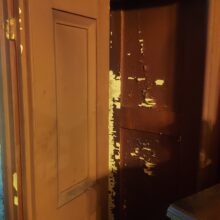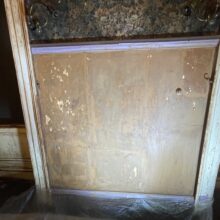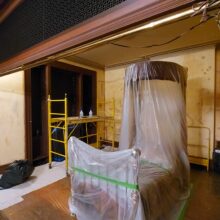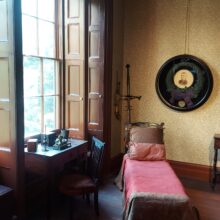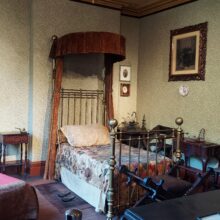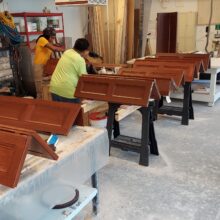The Booth Room At The Players Club
The Players Club was founded by renowned actor Edwin Booth in 1888 as a members-only theatre club. The organization served as a private social club, as well as a repository of American and British theatrical history and artifacts. The club was also founded as a way to restore the Booth family name after his brother, a less-successful actor, assassinated President Abraham Lincoln.
Booth purchased the mansion at 16 Gramercy Park South reserving one of the upper floors for his residence and dedicating the rest of the space to the club. The original property was constructed at the behest of Valentine G. Hall in 1845 in the Gothic style. Booth hired architect Stanford White of McKim, Mead & White, to renovate the property to accommodate his vision for the club. White, a member of the players himself, remodeled the exterior in the Italian Renaissance Revival style.
Numerous changes were made to the property in the 1960s, including extending the rear of the property to extend the dining room and additional space to the second floors; the wallpaper in the dining room was also replaced at this time. Booth’s room on the third floor has generally remained untouched since his death in 1893. The property has continued to act as the home for the Players Club through the present day.
In 2023, EverGreene conserved the north wall of both the sitting room and the sleeping area in the Booth Room at the Players Club. In both areas the plaster at the cornice and walls was stabilized; the woodwork for the window frames, shutters, shutter boxes, and wainscot trim was stripped, prepped, painted, and patinated; and the walls, wainscot, and baseboards were straight painted. In the sitting area a cursory historic finishes investigation was performed on the wainscot to reveal historic decorative colors and schemes; the colors and patterns were then reintroduced.
The wallpaper in the sitting area was historic to the space and was retained; it was cleaned, stabilized, and in-painted where necessary. The wallpaper in the sleeping area was post-historic and was removed. However, during this process, some of the historic wallpaper was discovered hidden beneath a sconce. It was decided that the entire room would be addressed instead of just the north wall; the historic wallpaper was recreated by our Design Studio, the post-historic wallpaper was removed in the entire space, and the replicated wallpaper was installed.

